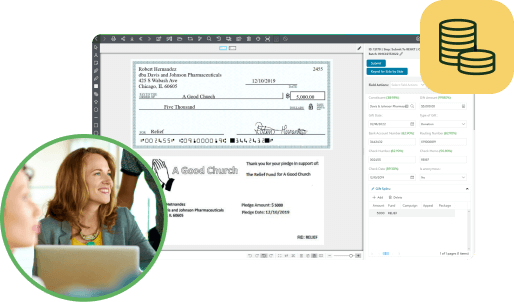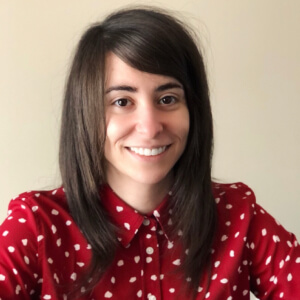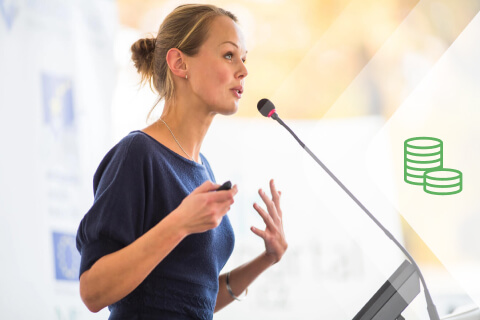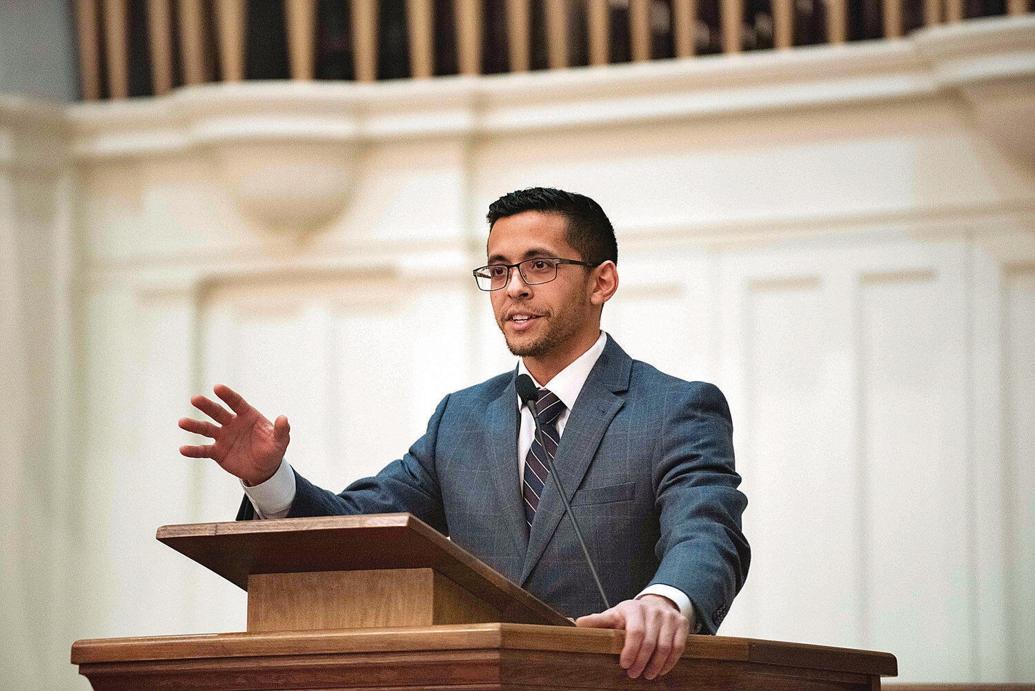 This thought piece is brought to us by Nader Hashim, a Vermont state senator and director of The Bright Leadership Institute, based on his firsthand experiences in the donor world and how his teams have navigated donor management in a rapidly changing landscape.
This thought piece is brought to us by Nader Hashim, a Vermont state senator and director of The Bright Leadership Institute, based on his firsthand experiences in the donor world and how his teams have navigated donor management in a rapidly changing landscape.
Over the last several years, I’ve played a role in starting two non-profit organizations and have also led two political campaigns. Although each experience has been different, there are trends that repeat themselves when it comes to donors and data management.
There are two main ways that people who support non-profits, charities, and political campaigns provide their resources: time and money. They provide their time through things like volunteering, phone-banking, and canvassing; however, with money, support can ebb and flow depending on the economy and critical events such as elections or natural disasters.
What’s Important in the Donor World Right Now?
Organizations and their supporters are at an interesting junction right now. There are numerous social and economic issues that require support and involvement; however, inflation continues to rise, we are still in a post-pandemic slump, interest rates are at a record high, and most Americans are feeling the pressure.
Despite the economic challenges, volunteers are still supporting causes related to food banks, social justice issues, university foundations, climate change, medical research and institutions, and more. As people continue supporting the causes that are most important to them and their communities, it’s crucial for organizers and leaders to understand how to develop strong relationships with their donors.
Donor Relationships
Developing solid donor relationships requires ongoing communication, rapport building, personalized thanks, and status updates. I’m going to describe an experience I had as the Deputy Director of a non-profit which received $100,000 in seed money in order to exemplify these important factors.
The non-profit, The Bright Leadership Institute, is an organization that trains and educates BIPOC/LGBTQ+ people to run for office. When I started this organization with a group of friends, we had zero dollars until we received a lead from a local bank. We didn’t have the exact number they were willing to contribute right away, but given their initial enthusiasm, we felt that this was an important lead to follow up on.
We maintained ongoing communication both within our group and with the bank. When it came time to present our business plan, goals, and ideas, we sent our director and the other member who developed the lead. These two individuals had an existing rapport with the bank and had been the ones maintaining ongoing communication.
After we received their generous gift, we sent them a personalized thank-you. Once their seed money attracted other donors, we began trying to organize the incoming gifts within our CRM.
One of the most important steps in ensuring we maintained good relationships with the bank and other donors was providing them with regular updates on what their money was doing, which we were able to manage within a centralized database. Our database contained identifying information, the date of donation, and any important notes about the donor themselves.
The dates were most useful in being able to correspond with recent developments in the program; for example, if someone donated $5,000 toward the end of the program, we would let them know that the money would help pay for the graduation and the certificates the students would receive. This would provide a greater visualization for the donor as to how their money was put to work.
Additionally, it would save our team the time of having to look backward and ask each other, “Do you remember when this person donated?” or “Do you remember how exactly we spent their money?” This saved us plenty of time from having to bring our heads together to remember past events when they were already saved in our database.
We talked to them about the students we were training, the content we were distributing, and the success that the students felt when going through our program. The rapport-building, ongoing communication, personalized thanks, and status updates were key to making sure the bank remained an amiable partner in the Bright Leadership Institute’s development.
Automation, Scalability, and the Future
Getting started with developing a non-profit or any other organization that takes donations requires planning for the future. It’s easy to get excited (and you should be!) when starting a mission that could help hundreds or thousands of people.
However, it’s important not to get lost in that excitement and forget to take into consideration scalability and future development. Whether your organization is new or has been around for a while, you do not want to find yourself backtracking to accommodate increased donations, new employees, and a higher workload.
If your organization is at a level where you have multiple full-time employees, you’ll want to consider the benefits of automation and streamlining workflows. When employees who are meant to be developing relationships and communication with donors are spending more time dealing with data input and management, it’s going to reduce opportunities to bring on more donors.
The employees who are good at developing those relationships and following up on leads should be given as much leeway as possible to continue doing what they’re best at: finding committed donors and developing positive relationships with them. Additionally, sending personalized remarks of gratitude can be a time-consuming task, but it’s one of the more effective tools when it comes to maintaining ongoing donor support and interest. Along with personalized remarks, it will also provide employees with more time to send updates to donors so that they will know exactly how their money is being spent, and how their contributions have had a positive impact.
As your organization grows and becomes more entrenched in the digital world, it’s also important to develop robust cybersecurity protocols and protect yourself against audits. Donors may trust and support your cause, but if they cannot trust their money and personal information to be safe from cyberattacks, you will likely lose their support.
Additionally, having efficient and streamlined data retrieval will simplify tax season. This will also protect you against audits; however, even if you are audited, having an organized and efficient system will help you navigate that challenge with ease.
How Do You Prepare for the Future?
When I think back to the early days of The Bright Leadership Institute, the NAACP, or my political campaigns, I consider the challenges that intersected with all of these endeavors. If I could go back in time, I would have better prepared myself to scale with future growth and be prepared for increased donations, more donor prospects, and streamlining donor data. Of course, no one can predict future challenges, but it’s possible to identify trends and prepare accordingly.
Each organization or cause is different, but there are crucial elements to each one to ensure long-term growth and success. If you’re curious about planning for your organization’s future, it all starts with taking stock of your Blackbaud processes to configure what you may or may not need to keep your organization scaling steadily.
We all have our goals and dreams for our communities. Let’s also make sure we have the right tools to make those goals and dreams a long-term success.
Is your organization getting the most out of its investment in Blackbaud RENXT? PairSoft’s natively integrated fundraising solutions have helped leading non-profits strengthen their strategies to actually focus on fundraising. Get a demo today.

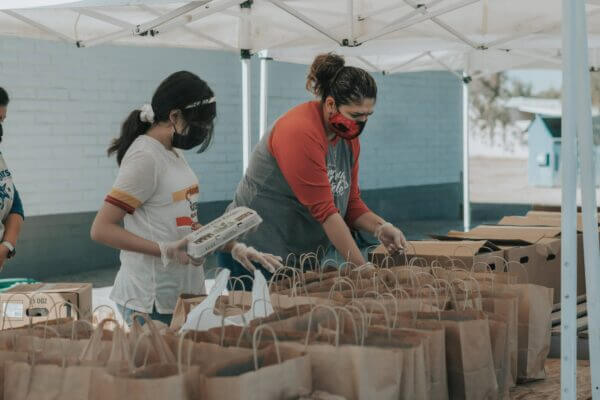
 This thought piece is brought to us by Nader Hashim, a Vermont state senator and director of
This thought piece is brought to us by Nader Hashim, a Vermont state senator and director of 